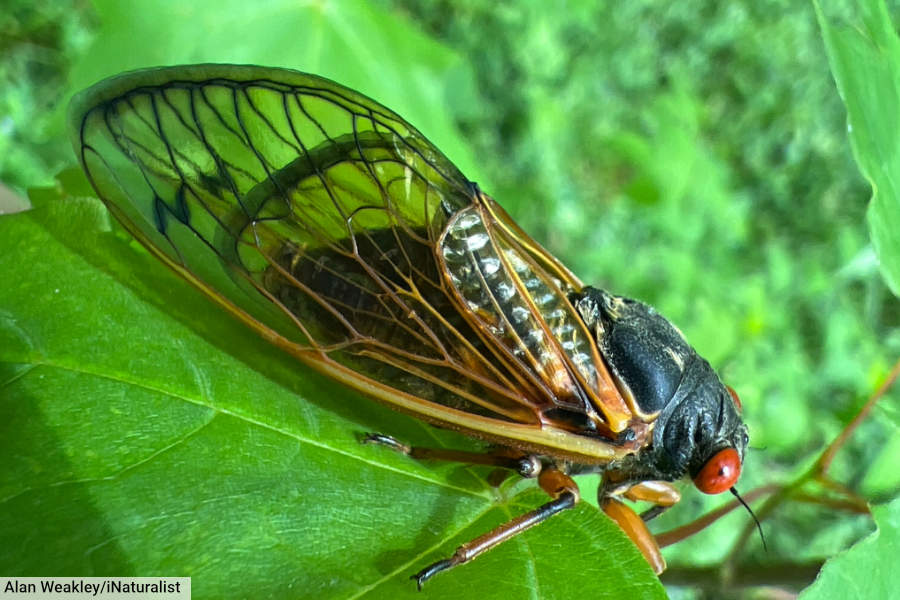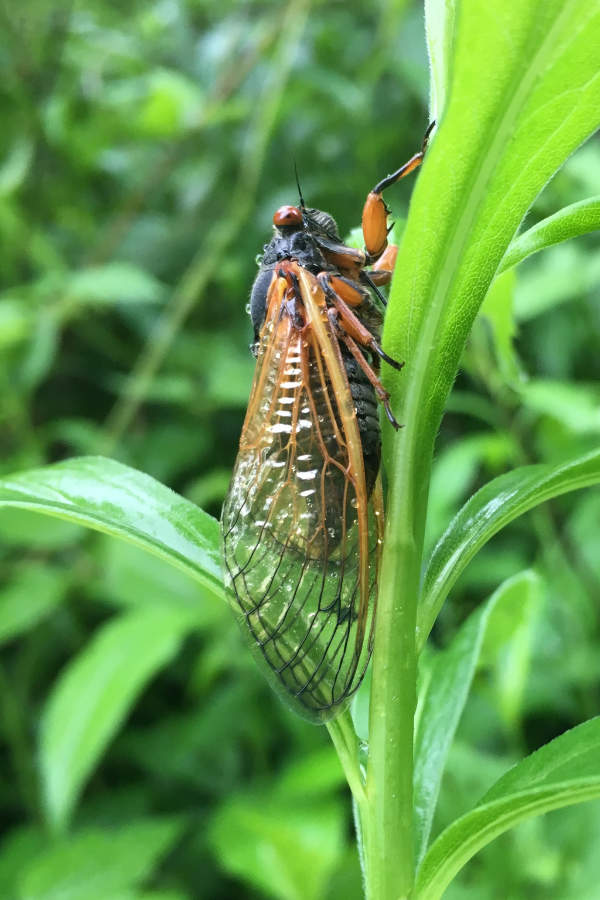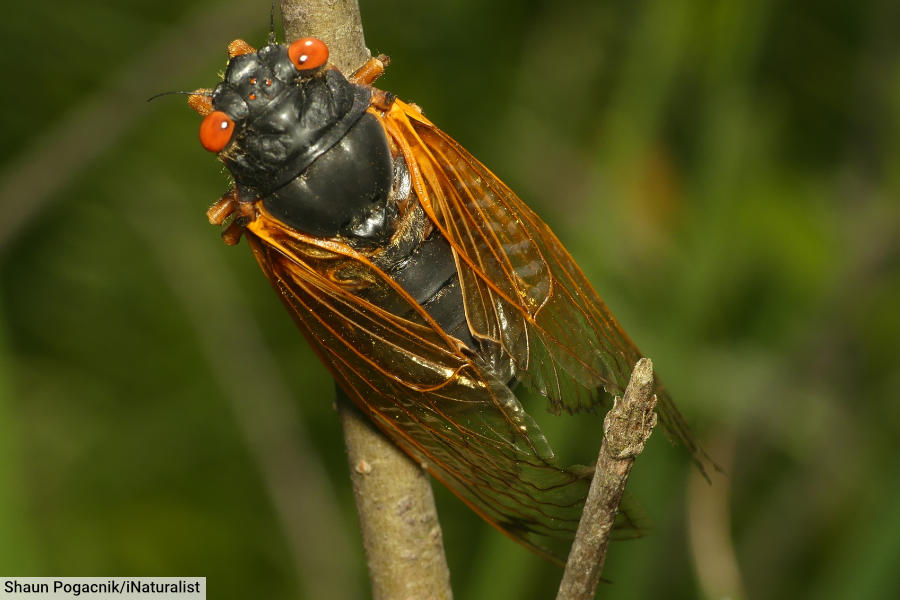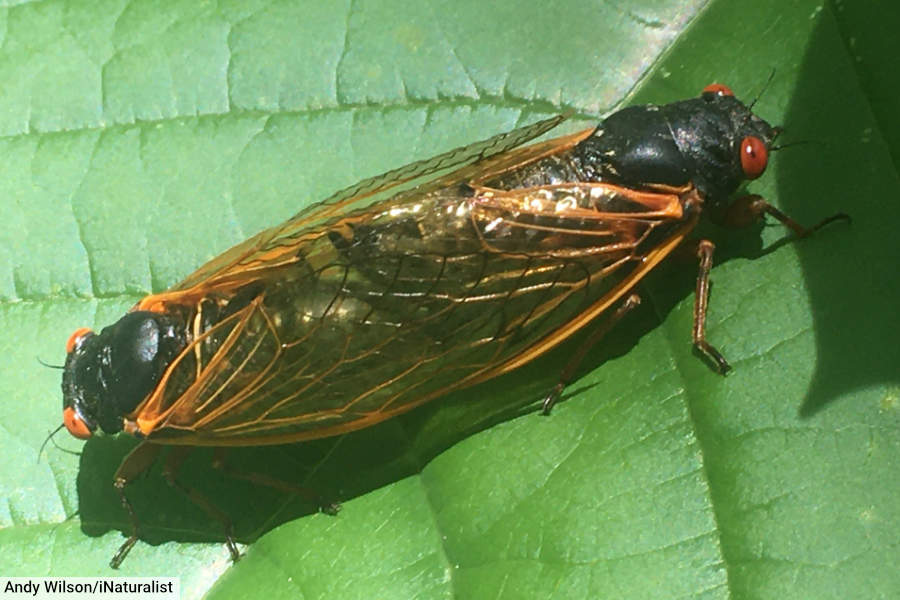Periodical cicadas are a species of insect that are noted for their mass emergences every 13 or 17 years. During these emergences, millions of the insects simultaneously emerge from the earth to reproduce.

A population, or “brood,” of cicadas with a 13-year life cycle will emerge simultaneously with a neighboring brood with the more ubiquitous 17-year life cycle in 2024, a rare occurrence.

This will result in a brief period of inundation with a significant number of the unique insects in central Illinois and eastern Iowa, where the two broods overlap, during the spring and early summer.Insect Invasion!

Residents of the aforementioned regions will observe the large, red-eyed insects flocking in massive numbers into the trees in order to mate. Up to 40,000 cicadas can emerge around a single tree, resulting in a staggering total of insects present.

One of the loudest insect-produced noises is the distinctive buzzing sound of the males, which is designed to attract females, and the experience will not be limited to visuals.
For a duration of 4-6 weeks, the humming will be audible during the day. The insects will die after this period, when their work is complete and their eggs are securely buried in the branches of trees.
This extraordinary natural phenomenon was last observed in 1803. It is possible that Meriwether Lewis witnessed it while embarking on the initial phases of the Lewis and Clark Expedition at the request of then-President Thomas Jefferson.
Who knows what the world will look like in 2245; the next time the dual-emergence is scheduled to occur?
Are cicadas hazardous?Cicadas are generally innocuous and do not bite or sting humans. Female cicadas deposit eggs in small twigs, which can occasionally cause injury to young trees, which is the primary effect they have on vegetation. The loud commotion and large numbers of cicadas during emergence periods render them more of a nuisance than a threat.